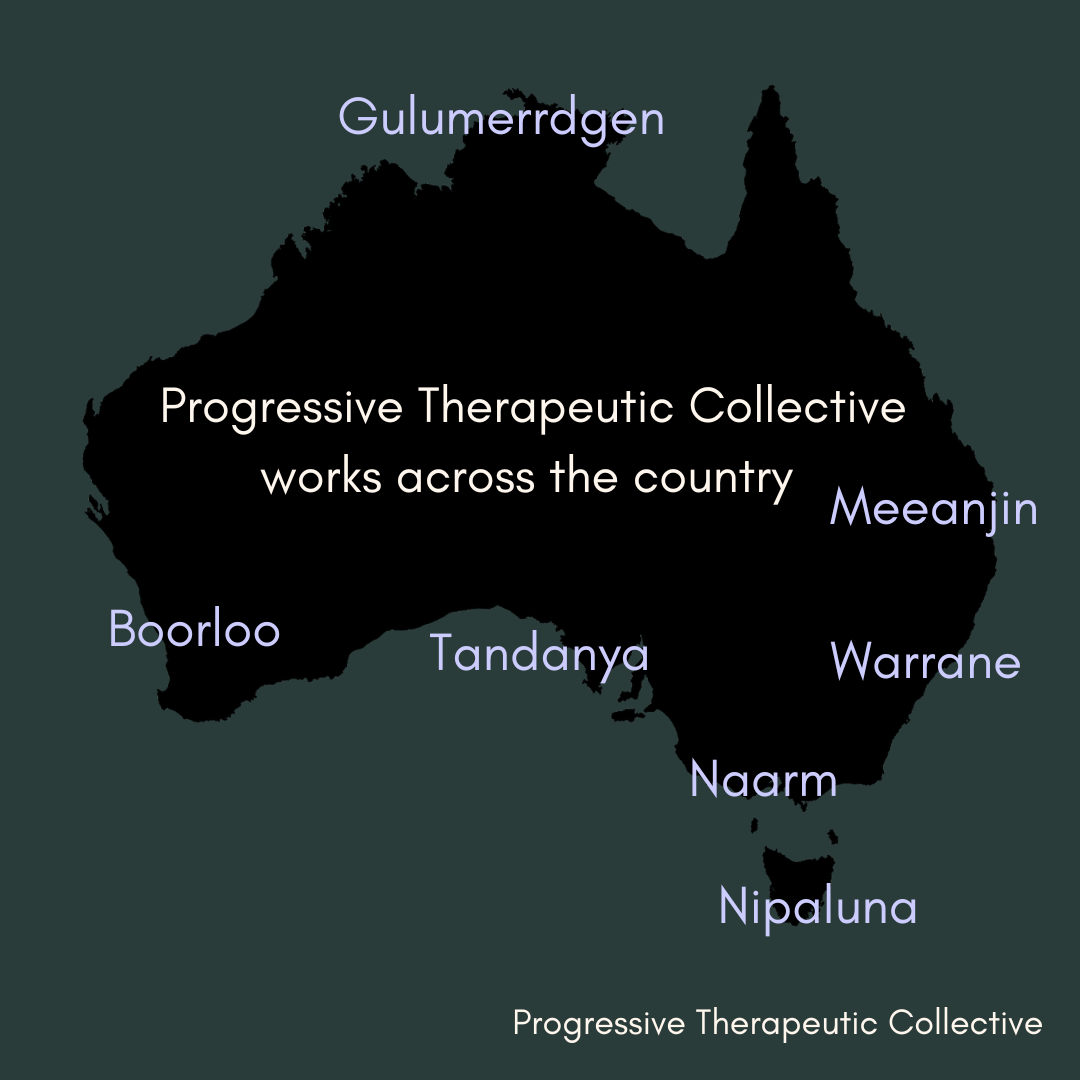ADHD & the brain
Attention-Deficit/Hyperactivity Disorder (ADHD) is associated with differences in several areas of the brain, and these differences can affect brain function and communication between different brain regions. The key areas involved include:
Prefrontal Cortex: This region is crucial for executive functions, including attention, decision-making, problem-solving, and impulse control. Alterations in this area are often linked to the inattention and impulsivity seen in ADHD.
Basal Ganglia: These structures are involved in the control of motor behaviors and processing of information related to emotions and rewards. Abnormalities in the basal ganglia are thought to contribute to the hyperactivity and impulsivity symptoms of ADHD.
Anterior Cingulate Cortex: This area is important for cognitive processes such as emotion formation and processing, learning, and memory. It plays a role in regulating emotional responses and executive function, which are often affected in ADHD.
Cerebellum: Traditionally associated with coordination and motor control, recent research also links the cerebellum to cognitive functions. Changes in cerebellar structure or function may contribute to difficulties with coordination and attention in individuals with ADHD.
Limbic System: This group of structures is involved in emotional regulation, motivation, and memory. Alterations in the limbic system can impact the emotional regulation and attention difficulties seen in ADHD.
Corpus Callosum: This is the large bundle of nerve fibers connecting the left and right hemispheres of the brain. Some studies suggest that differences in the corpus callosum might affect the communication between hemispheres in individuals with ADHD.
Dopaminergic and Noradrenergic Pathways: These neurotransmitter systems are involved in attention, motivation, pleasure, and reward. Dysregulation of these pathways is thought to play a key role in the symptoms of ADHD.
It's important to note that ADHD is complex and not solely the result of changes in any single part of the brain. Its development is influenced by a combination of genetic, environmental, and neurobiological factors. The brain regions and pathways mentioned here interact in complex ways, and research into their exact roles in ADHD is ongoing.

